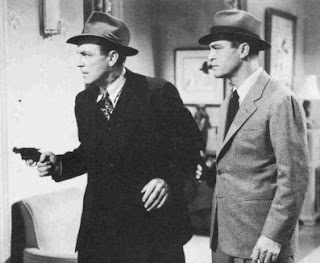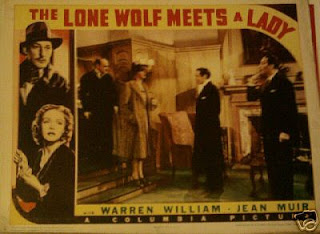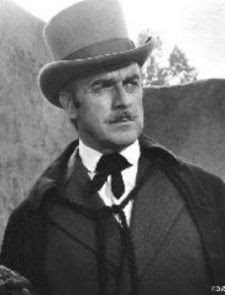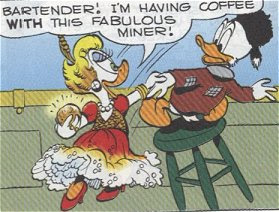
Dinosaurs are cool. Find an excuse—any excuse—to put a dinosaur in a story and, by golly, I’m there. Most young boys go through a “dinosaurs are cool” phase when they’re about 8 years old or so and I never did grow out of mine. (Though I am reasonably convinced that girls probably don’t have cooties, so I did grow up in some ways.)
Turok, Son of Stone ran for 130 issues over a 26-year period. Published first by Dell and later by Gold Key, Turok was a Native American from Pre-Columbian times who (along with his young friend Andar) finds himself trapped in a hidden valley populated by cavemen and prehistoric monsters.
I was already a Turok fan when as a kid when I ran across his 1954 origin story reprinted in a Golden Comics Digest. I remember being quite taken by the difference in tone between the original and what was being done with the character several decades later. (The origin story, by the way, appeared in two parts in Four Color Comics, issues #596 & 656)
The Turok stories I was familiar with were set in a valley of apparently infinite size. No matter how far Turok and Andar traveled in their quest to find a way out, they always ran across yet another tribe of cavemen and yet another swamp or desert or patch of jungle they hadn’t seen before. The stories had no internal continuity beyond the characters and settings—the individual issues could be read in any order without changing a thing.
This wasn’t bothersome—since the individual stories were pretty cool in of themselves. Like all Dell/Gold Key stuff, they had really nifty, dynamic painted covers (even if the internal art was sometimes mediocre) and the stories were well-constructed and fast moving. And, hey, they had dinosaurs in them. Lots and lots of dinosaurs.
But the first two issues of Turok, reprinted together in the Golden Comics Digest, had a definite continuity. Turok and Andar were wandering around the drought-stricken Southwest. Climbing down a deep cave in search of water, they become lost in the twisting corridors. They find a river and, after encounters with piranha and a giant cave bear, come out in the hidden valley.
They have a narrow escape from several dinosaurs and soon discover a tribe of cavemen. They also discover the existence of a poison plant and figure out how to extract the poison and coat their arrow heads with the stuff. This gives them an effective weapon of mass destruction against the huge reptiles.
They befriend the cavemen and begin teaching them how to use bows. But circumstances lead them to again lose their way in dark caverns and thus lose touch with their new friends. They end up in another part of the valley populated by a tribe of more advanced Indians and animals left over from the Ice Age. (Mammoths, sabertooths, etc.) They end up involved in an adventure with this new tribe and, as the story ends, seem to have found a home among them.
Though the characters and general themes were the same as later Turok works, the original story had more of a sense of a coherent epic, with a definite beginning and ending. It didn’t spoil more modern Turok stories for me, but the earlier stuff did strike me (both then and now) as better. The art by Rex Maxon (best known at that time for his work on a daily Tarzan newspaper strip) was effective. There’s a couple of very, very good panels late in the story, for instance, where a wounded mammoth is brought down by a pack of sabertooth tigers. No one knows for sure now who wrote it, but the plot is strong and what little we see of the cultures of the valley tribes is interesting and well-thought-out. Turok and Andar are forced to use their brains as well as their skill as archers continually through the story, making them very interesting protagonists.
I’ve never had opportunity to read the very early stories from when Turok got his own regular series after the initial two books. From an internet site about the character, I’ve learned the book continued with this continuity for at least a couple of more issues, then the two protagonists began their endless quest across the now infinite valley.
Perhaps this was necessary—if the valley remained of reasonable size and population, the writers would run out of interesting story fodder long before a quarter century had passed.. And, of course, the book always remained fun. But a part of me will always remain fond of the Turok story that never was—where perhaps an earthquake opened the two sections of the hidden valley to each other; the dinosaurs began to intermingle with the Ice Age monsters; and the cavemen interact with and perhaps even go to war with the Ice Age Indians—all with poor Turok and Andar trapped in the middle.
















